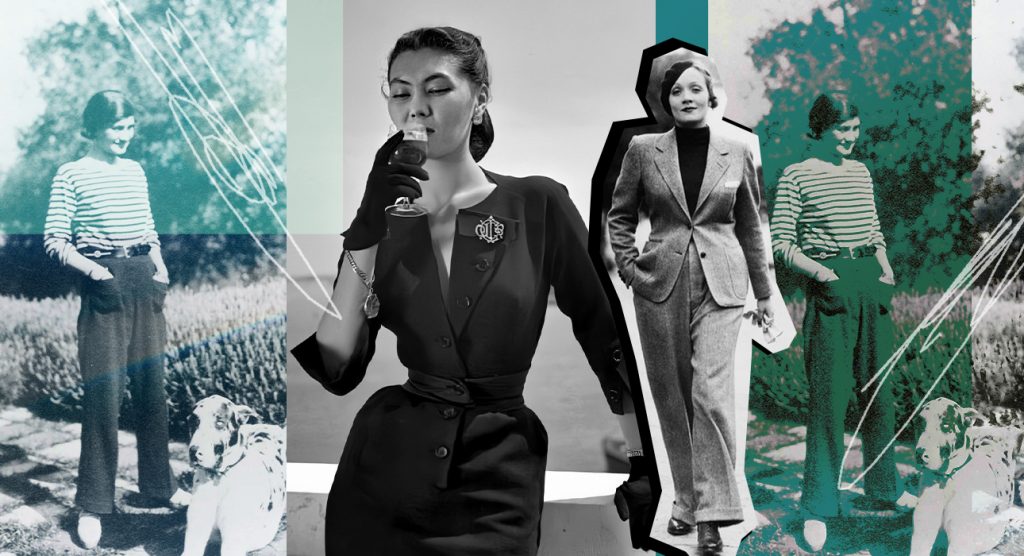
It is impossible for a modern girl to prohibit anything. In 2023, she can easily go out in a transparent skirt, remove bras from her wardrobe and wear a men’s cut jacket over her naked body. 21st century fashion is less about following rules and more about the complete absence of rules. Fashion influencers and street style heroes are not afraid to experiment and come up with the craziest combinations.
Nowadays you will not surprise anyone with the display of panties, extremely low-rise jeans and very short skirts. These wardrobe items have become an integral part of our life, culture and fashion. But this wasn’t always the case. Just 100 years ago, girls couldn’t wear trouser suits and couldn’t even dream of skimpy bikinis.
Today our material in the “Archive” section is devoted to fashion bans of the 20th century. We’ve rounded up seven simple wardrobe items that girls shouldn’t wear.
Trousers and skirts with pockets
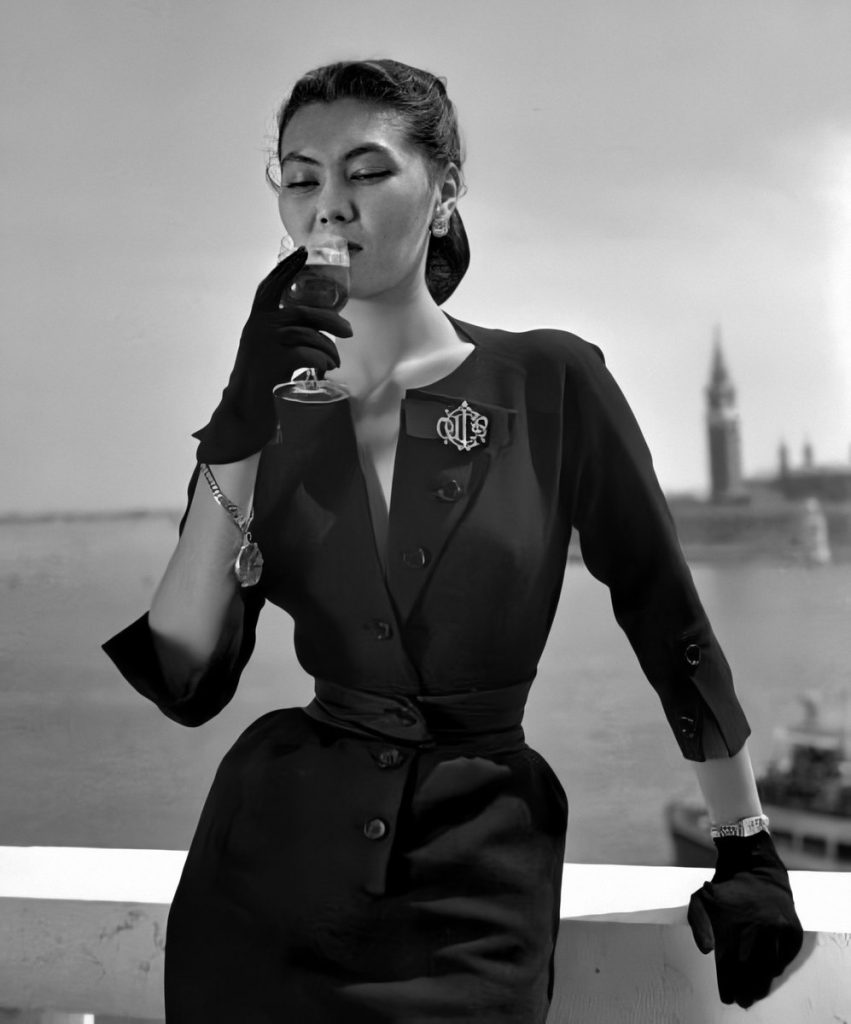
You will be surprised, but pockets in women’s clothing began to appear only at the beginning of the 20th century. And such an attribute has become a symbol of equality and the personification of change. The popularity of pockets was influenced by World War II, when clothing had to be primarily practical. True, after that, pockets disappeared again in women’s clothing, and functionality was replaced by elegance and Christian Dior’s New Look. So all the necessary things had to be put in small bags and, as you know, they need to be selected for each outfit. Therefore, the lack of pockets also benefited accessory manufacturers.
Tuxedo and Trouser suit looks

Until the 20th century, trouser suits were considered the privilege of only men’s wardrobe. And if a woman shows up in a public place wearing a classic two-piece outfit, she may even be arrested. In the 1930s, smooth, or rather very smooth, changes began with the appearance on stage and screen of the incomparable Marlene Dietrich. He was one of the first to replace the three-piece men’s suit. And he did it with such grace that no one could remain indifferent. By the way, she appeared in costumes not only in daily life but also on the screen. For example, the actor appeared before the audience in his first Hollywood movie, Morocco, with a perfect tuxedo tailored for him.
However, one should not think that immediately after this, girls were allowed to wear men’s suits. Until the 1960s, a woman was not allowed to enter a restaurant if she wore trousers. This happened to socialite Nan Kempner. In 1968, she arrived at one of New York’s top restaurants wearing the now-iconic Yves Saint Laurent Le Smoking set, but was not allowed in.
Mini skirt

At the beginning of the 20th century, no one could imagine a girl walking down the street with a length longer than her knees. No, not even the knees, but the ankles. By the middle of the century, women were allowed to wear midi skirts, and the mini revolution only took place in the mid-1960s. And it’s all thanks to designer Mary Quant, who introduced first to London and then the world the revolutionary short skirts that would later define the era.
The first models, codenamed “mini”, were put on sale at the Bazaar store on King’s Road and sold out in a record time of 10 days. Mary Quant recalled years later that the store’s windows were constantly shaking from the blows and the following shouts could be heard outside: “Immoral! Disgusting! However, the fashion trend had many (or even dozens of times) more followers, so dangerous minis very quickly adapted to the eventful 1960s.
slip dress
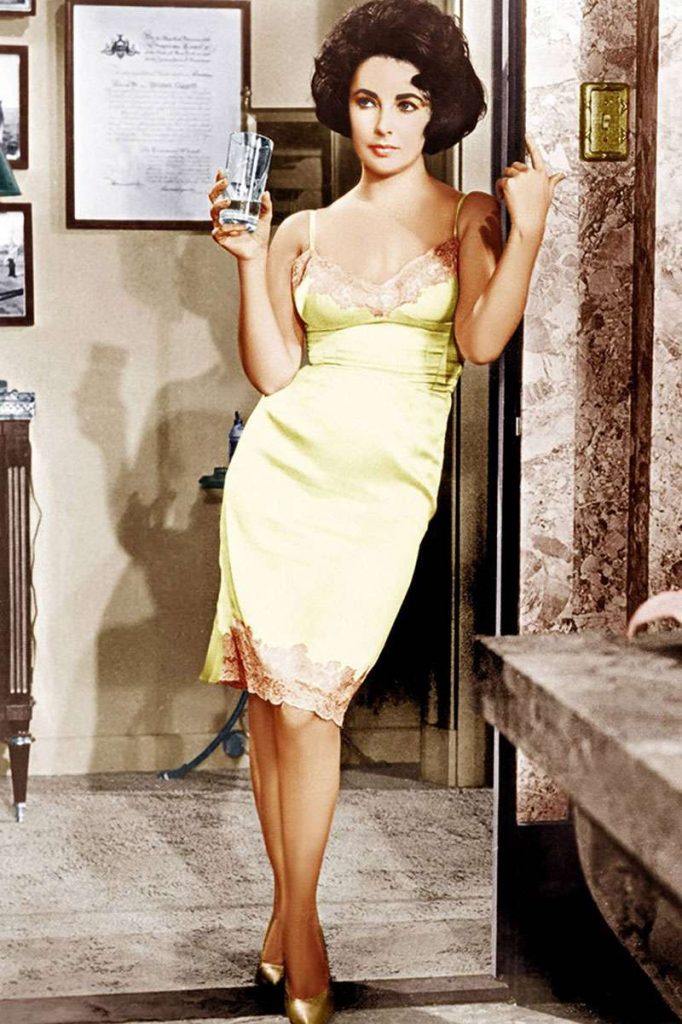
The basic combination that is now in every girl’s wardrobe used to fall into the underwear category. Women wore it under dresses and skirts, so the idea of wearing it as an independent piece never occurred to anyone. It was very provocative and extremely inappropriate. However, with the influence of young designers and cinema, the product gained a new meaning. For example, in one of the scenes of the movie “Cat on a Hot Tin Roof” Elizabeth Taylor appeared in a yellow dress with lace elements. Largely thanks to this image of the actress, it became possible to wear a piece of underwear in everyday life, and the demand for it has increased significantly. They say that due to Taylor’s popularity, yellow combinations are selling out at lightning speed. But the combination only reached the peak of its popularity in the 1990s.
Waistcoat

Horizontal striped long sleeves are another essential wardrobe item that caused mixed emotions in most women (and men) 100 years ago. Because in the late 19th century, the Breton jacket with blue and white stripes (each exactly 20 millimeters wide) was worn only by sailors in the French navy. But in the 1920s, Coco Chanel entered the “game”, borrowed this thing and gradually began to introduce the nautical style into fashion. According to stories, he first wore a vest while walking on Deauville beach. They say that Chanel accidentally spilled champagne on her clothes and wore a striped Breton jacket. Subsequently, this wardrobe item appeared more than once in the designer’s collections in various variations.
Bikini

One of the main summer trends of recent years is the micro bikini. Tiny bras and thongs are worn with great pleasure by famous it-girls, fashion influencers and everyone who is fashionista. However, previously such provocation was strictly prohibited. In the 1920s, girls could swim only in shorts just above their knees (but not exceeding 15 centimeters) and a tank top. Of course, you can forget about a perfect tan. And the world’s first bikini swimsuit appeared only in 1946. By the way, you can read the history of the name in a separate article.
Corset

The first corsets appeared in the 16th century and were used to correct posture and slim the waist. True, no one displayed this garment. It played the role of a corrective tool, inconvenient to display. And at the beginning of the 20th century, the favorite item of all modern girls completely disappeared from the radar. The corset only came back into fashion in the 1950s, when Christian Dior introduced the New Look silhouette, which celebrated wasp waists and full skirts. This collection opened a new page in the life of corsets: Elizabeth Taylor now tries on corsets in the movie Raintree County, and Sophia Loren combines corsets with a necklace made of large pearls in the movie Millionairess.
But this was just the beginning of the madness. In the 1980s, the corset became a symbol of the sexual revolution. Later, she first appeared in the collections of Vivienne Westwood and Issey Miyake. Let’s not forget the iconic cone-shaped corset that Jean-Paul Gaultier created especially for Madonna. After that, corsets became a must-have in every girl’s wardrobe. True, no one hid it under several layers of clothing anymore.
Is there an error in the text? Select it and press Ctrl + Enter
Let’s be friends?
Source: People Talk
Elizabeth Cabrera is an author and journalist who writes for The Fashion Vibes. With a talent for staying up-to-date on the latest news and trends, Elizabeth is dedicated to delivering informative and engaging articles that keep readers informed on the latest developments.

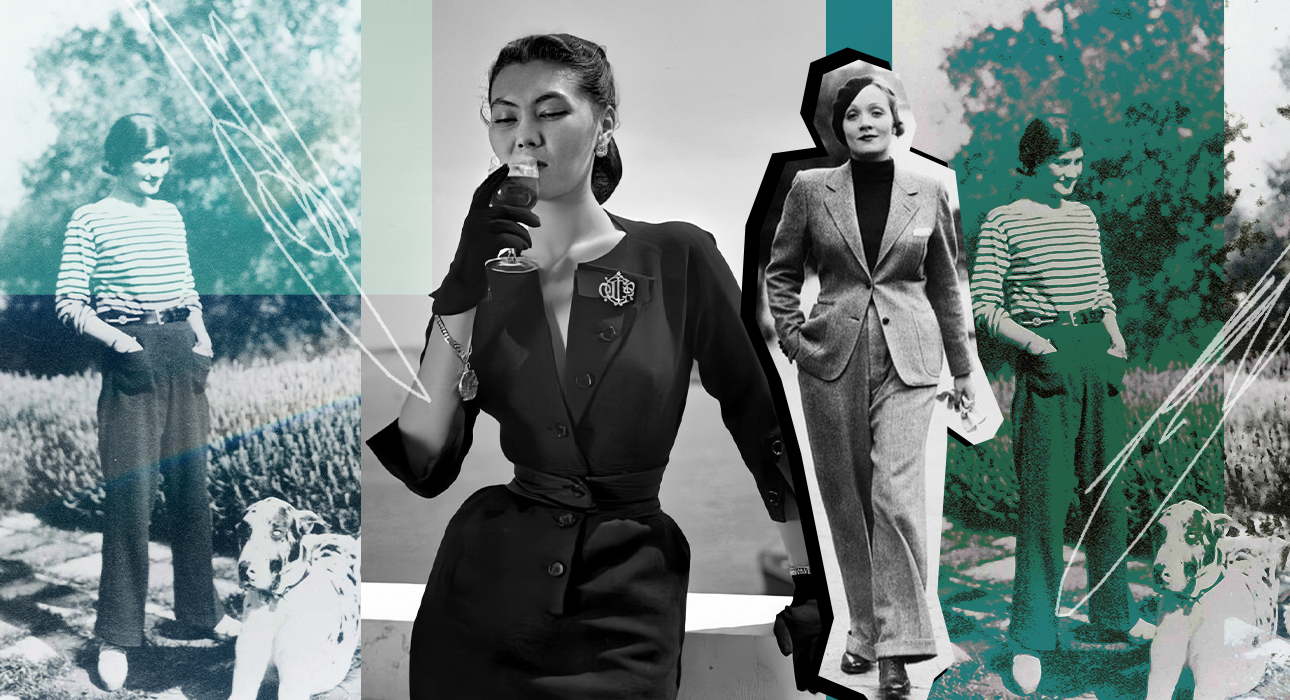



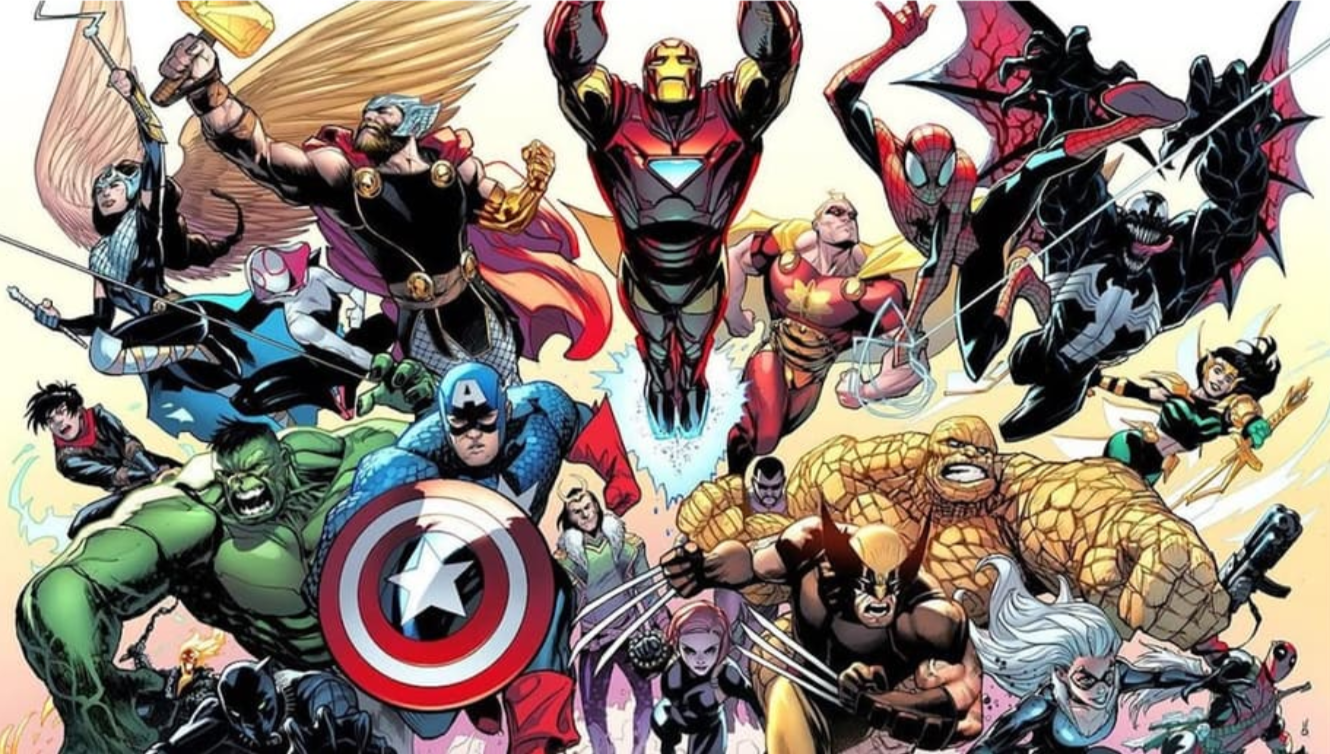.png)